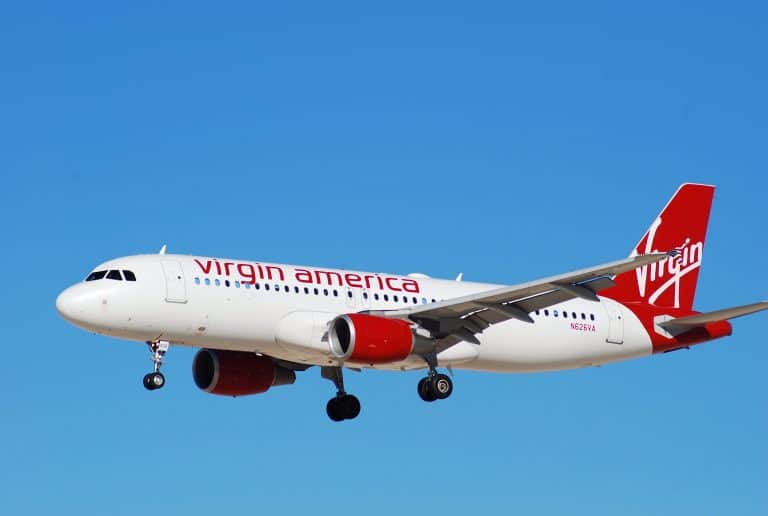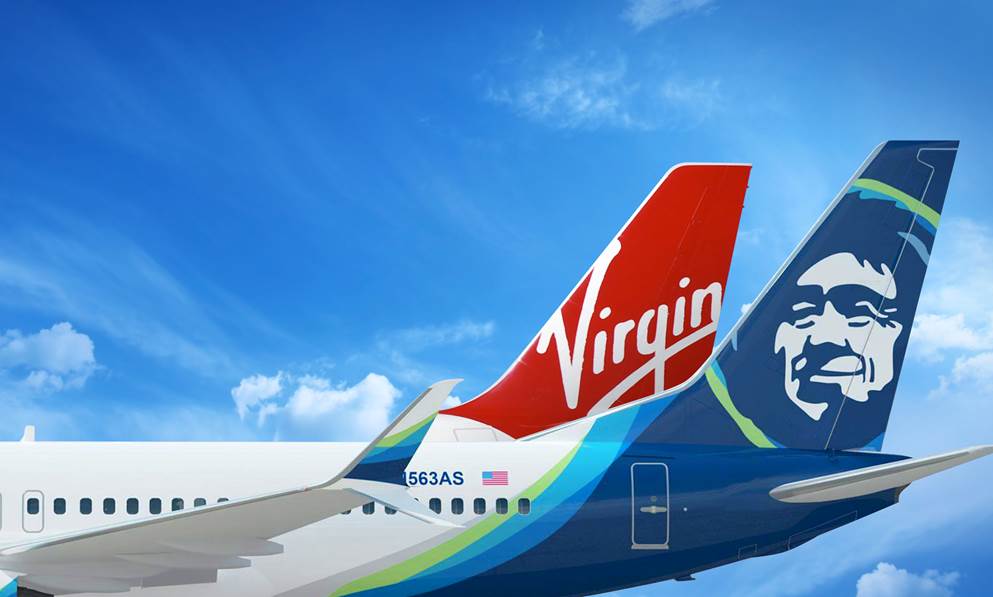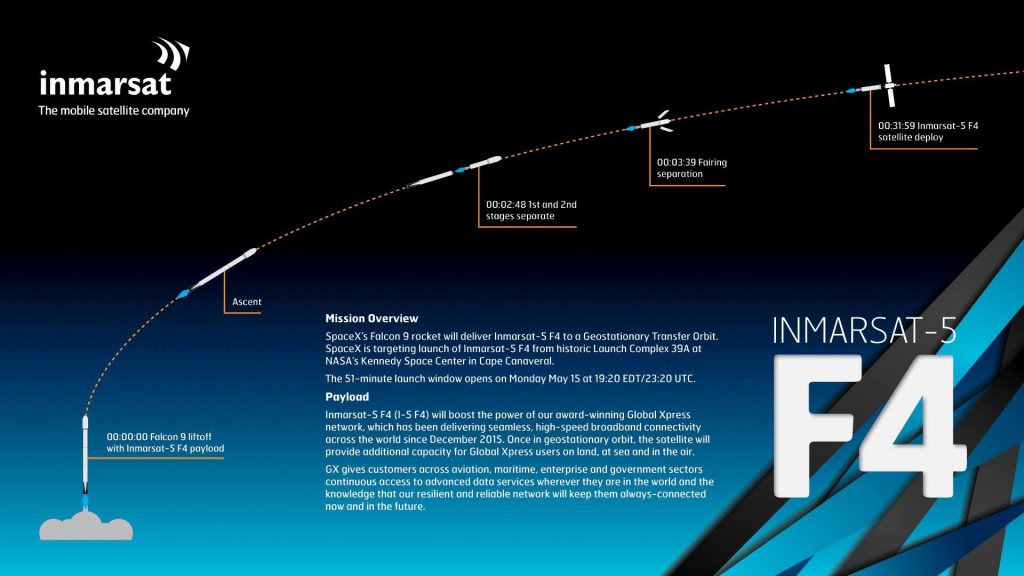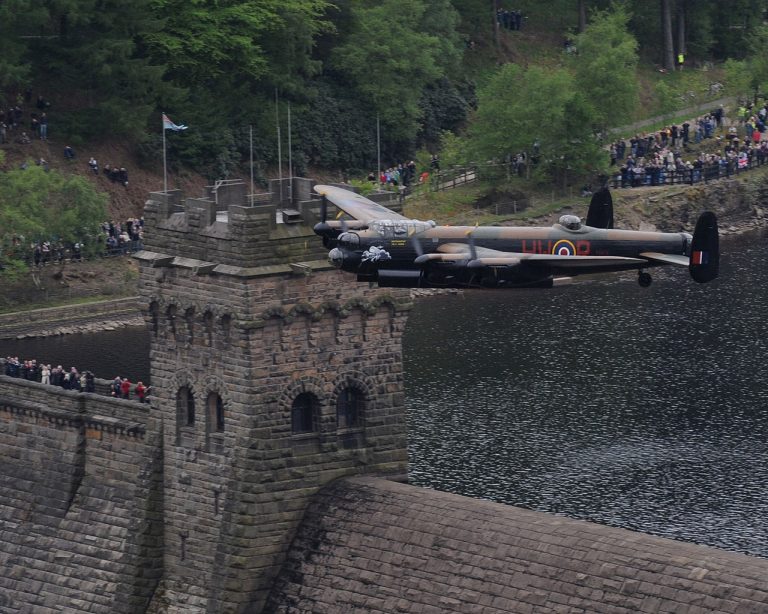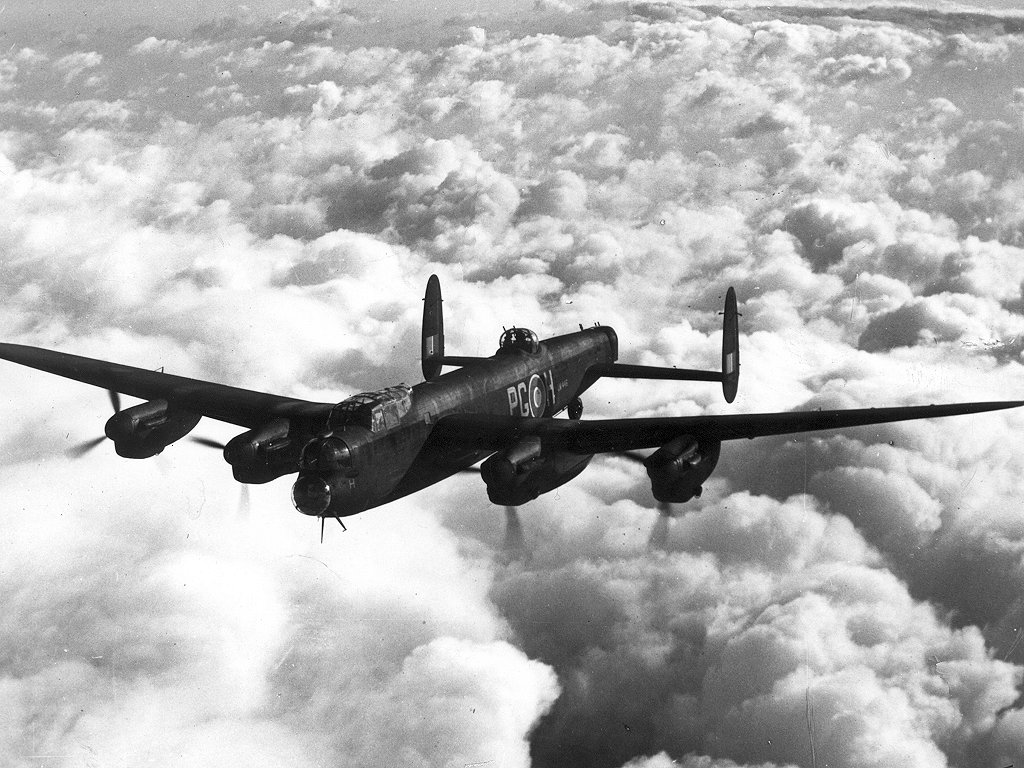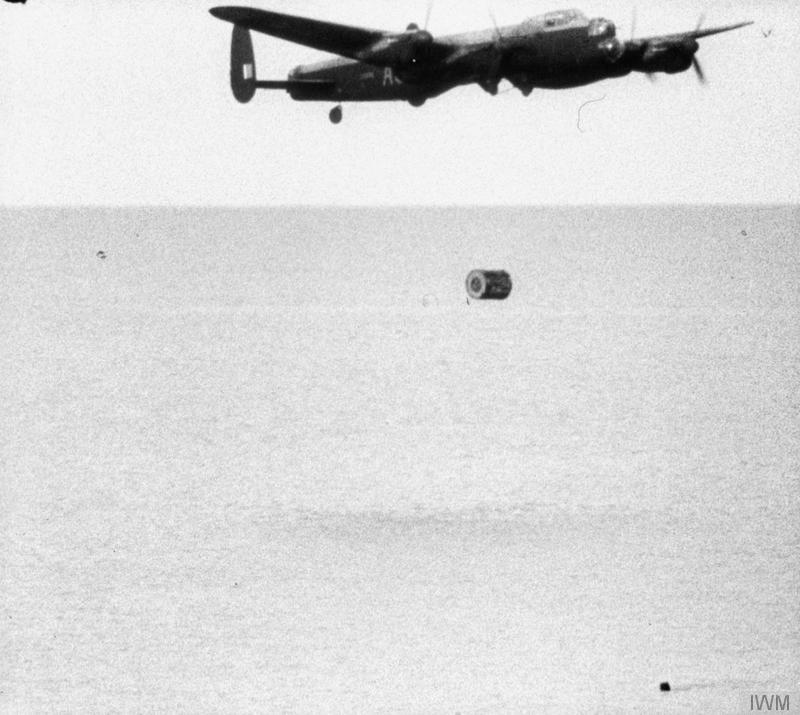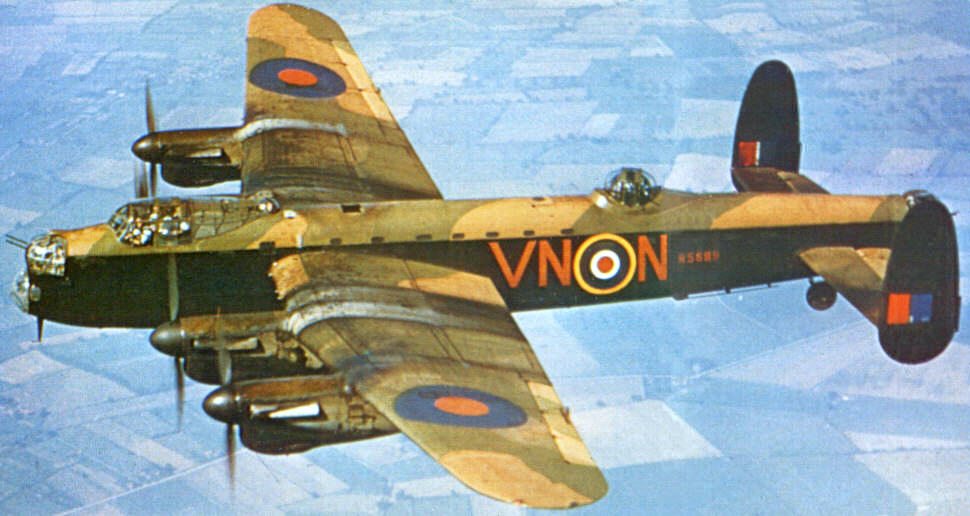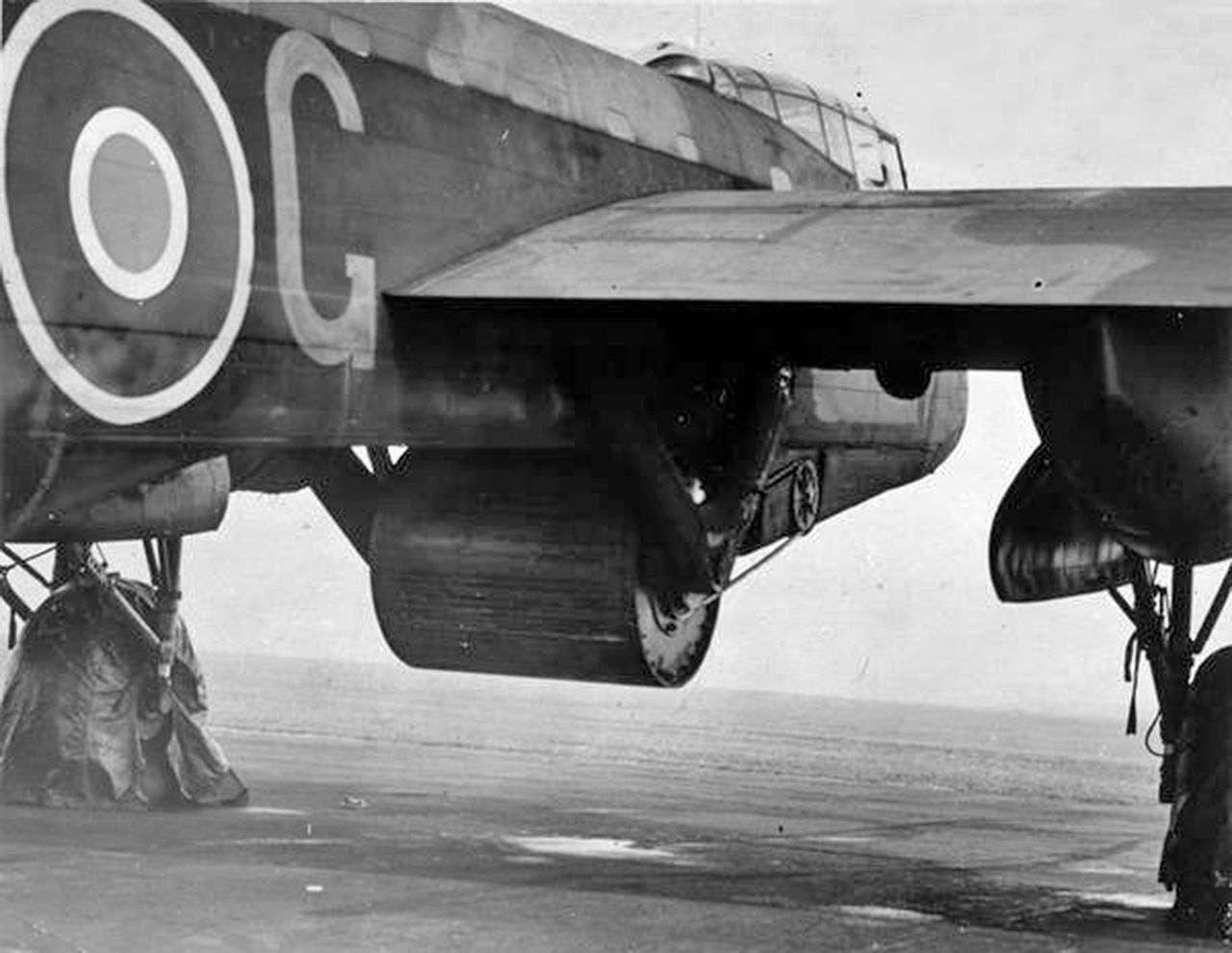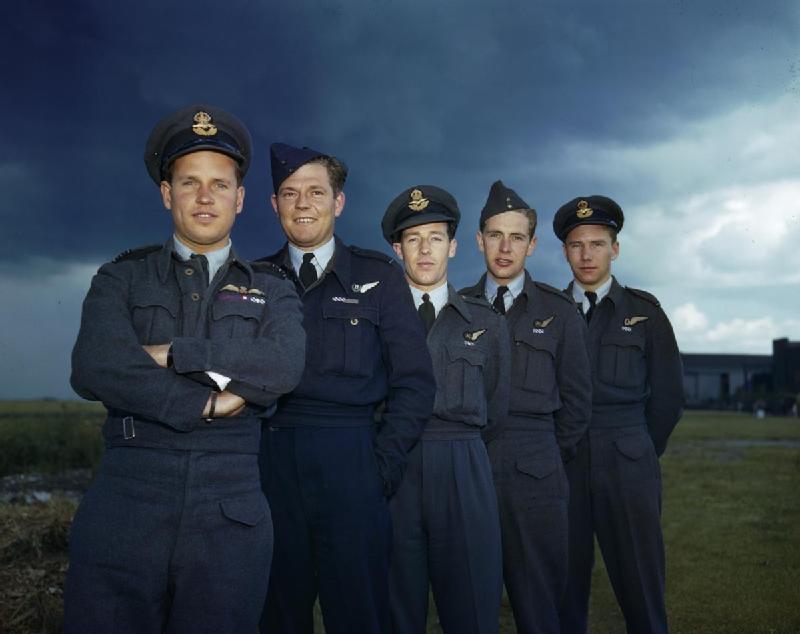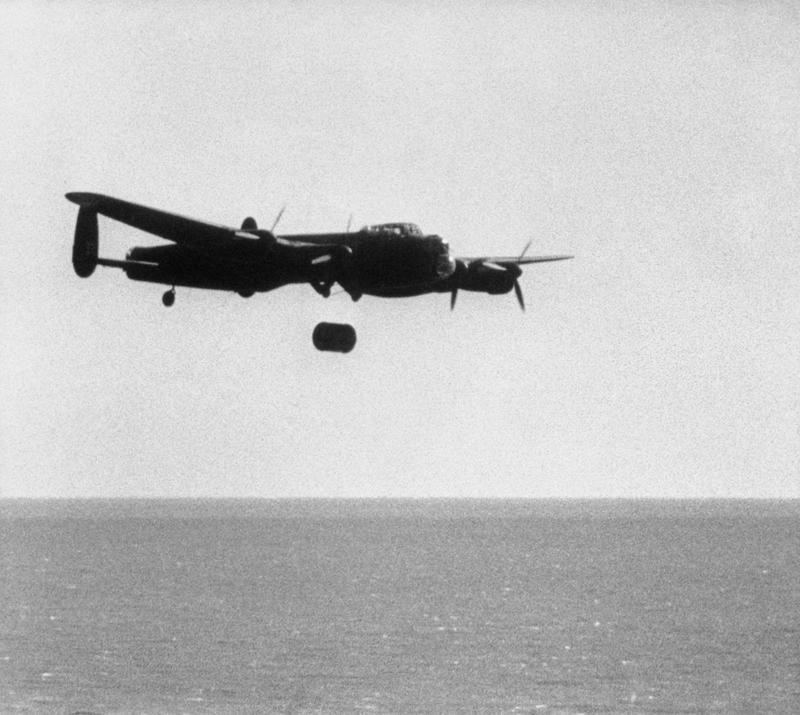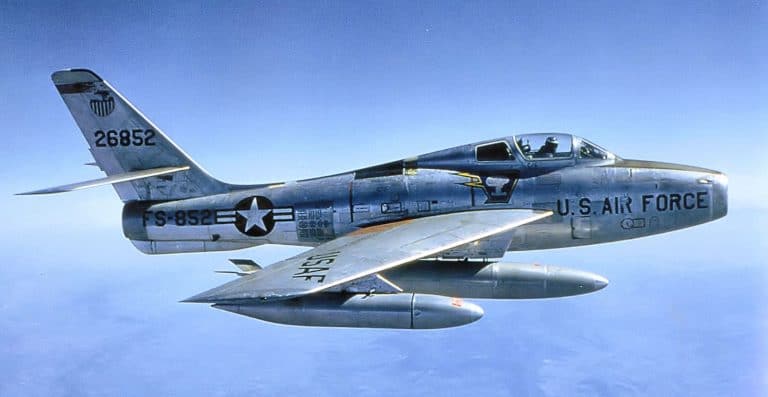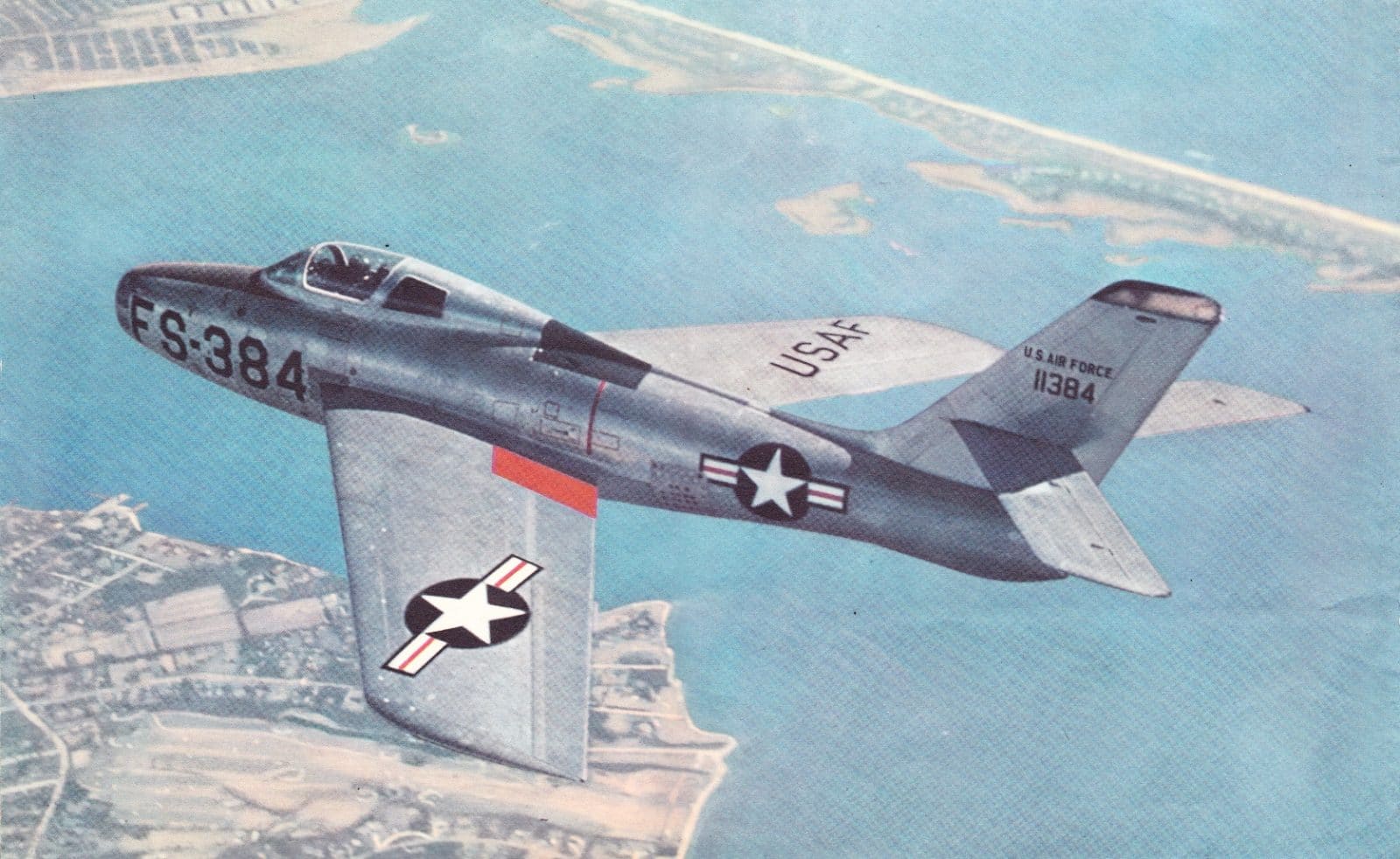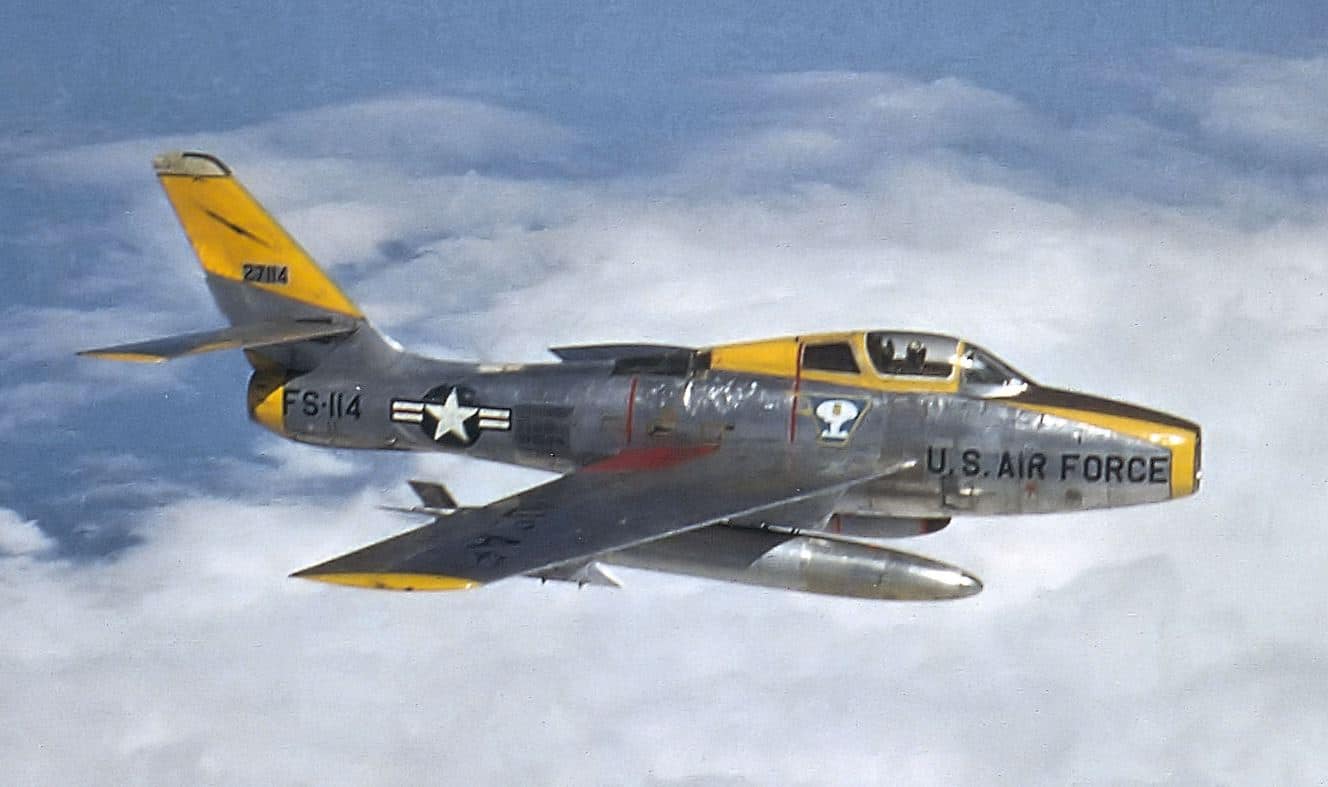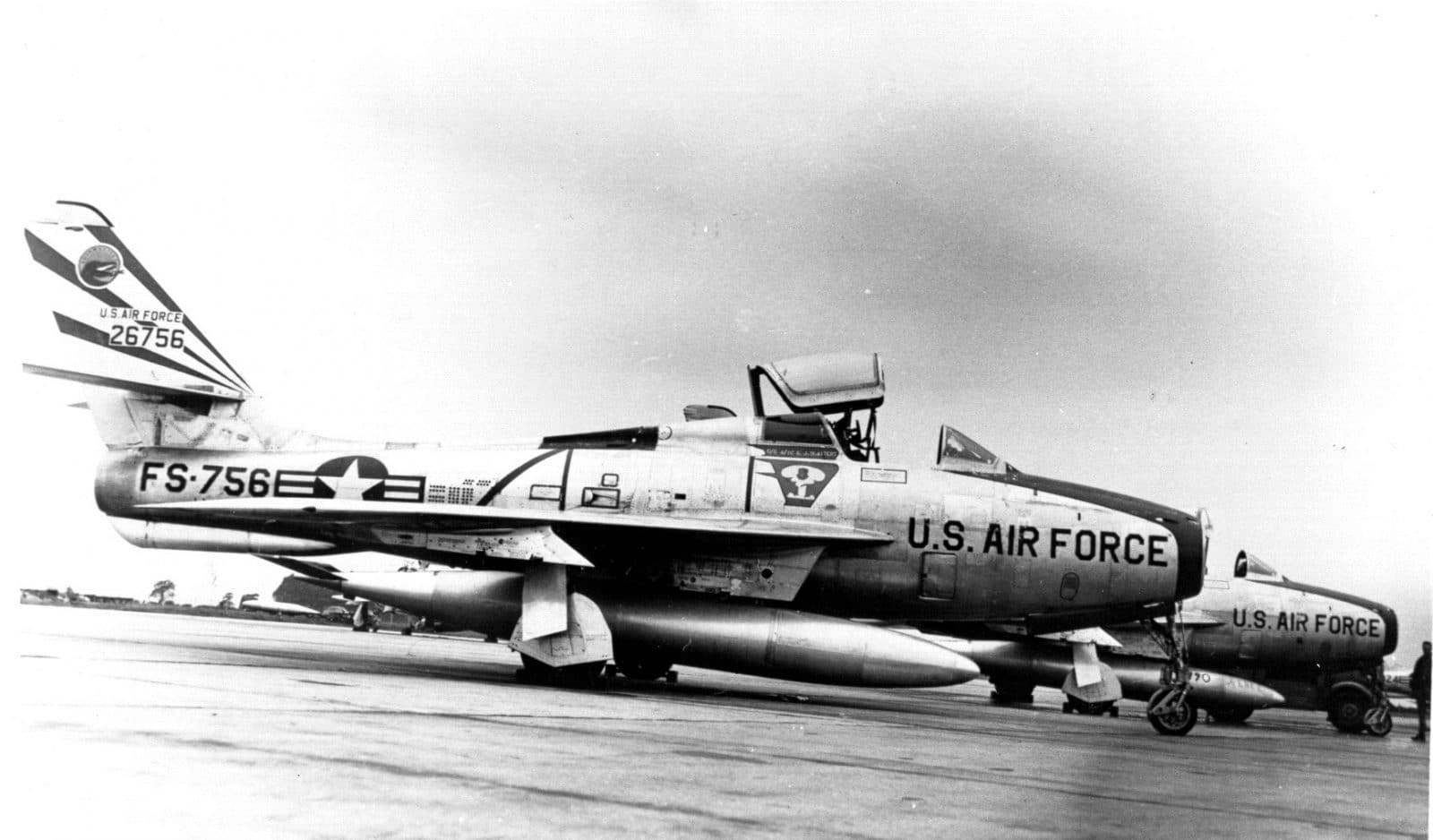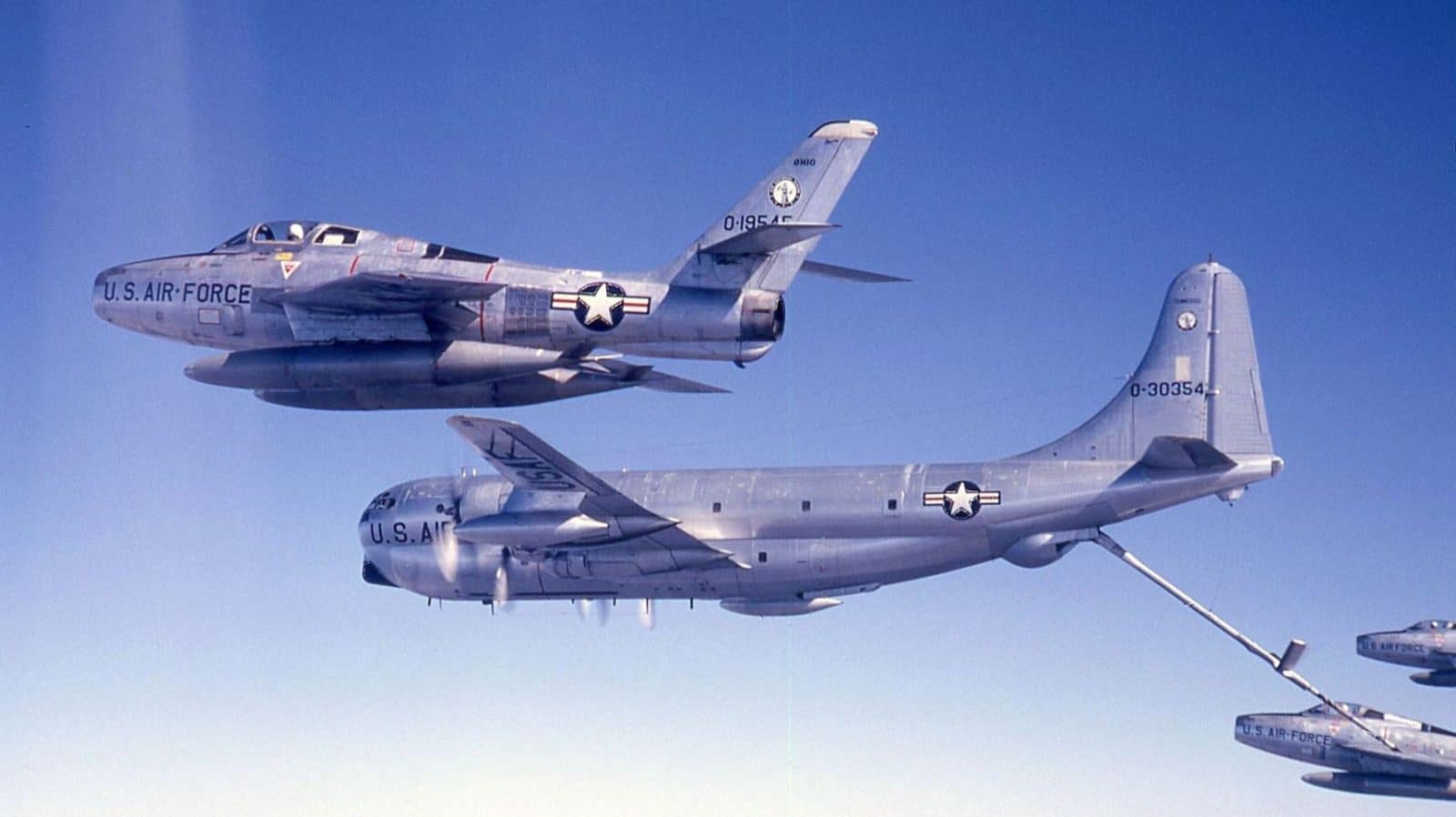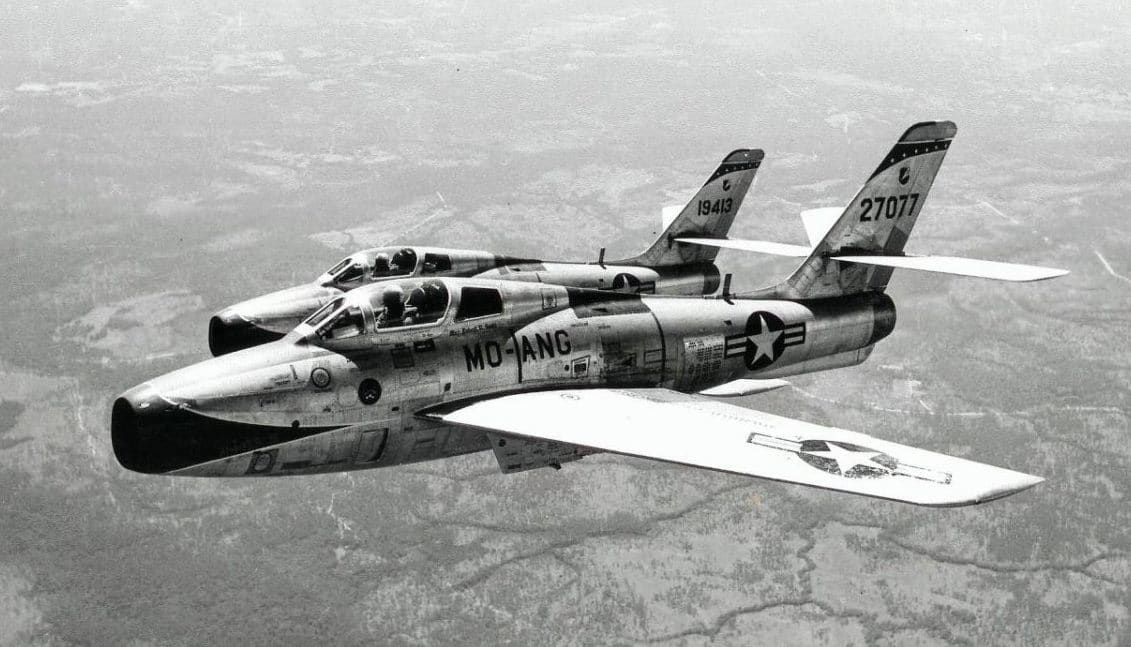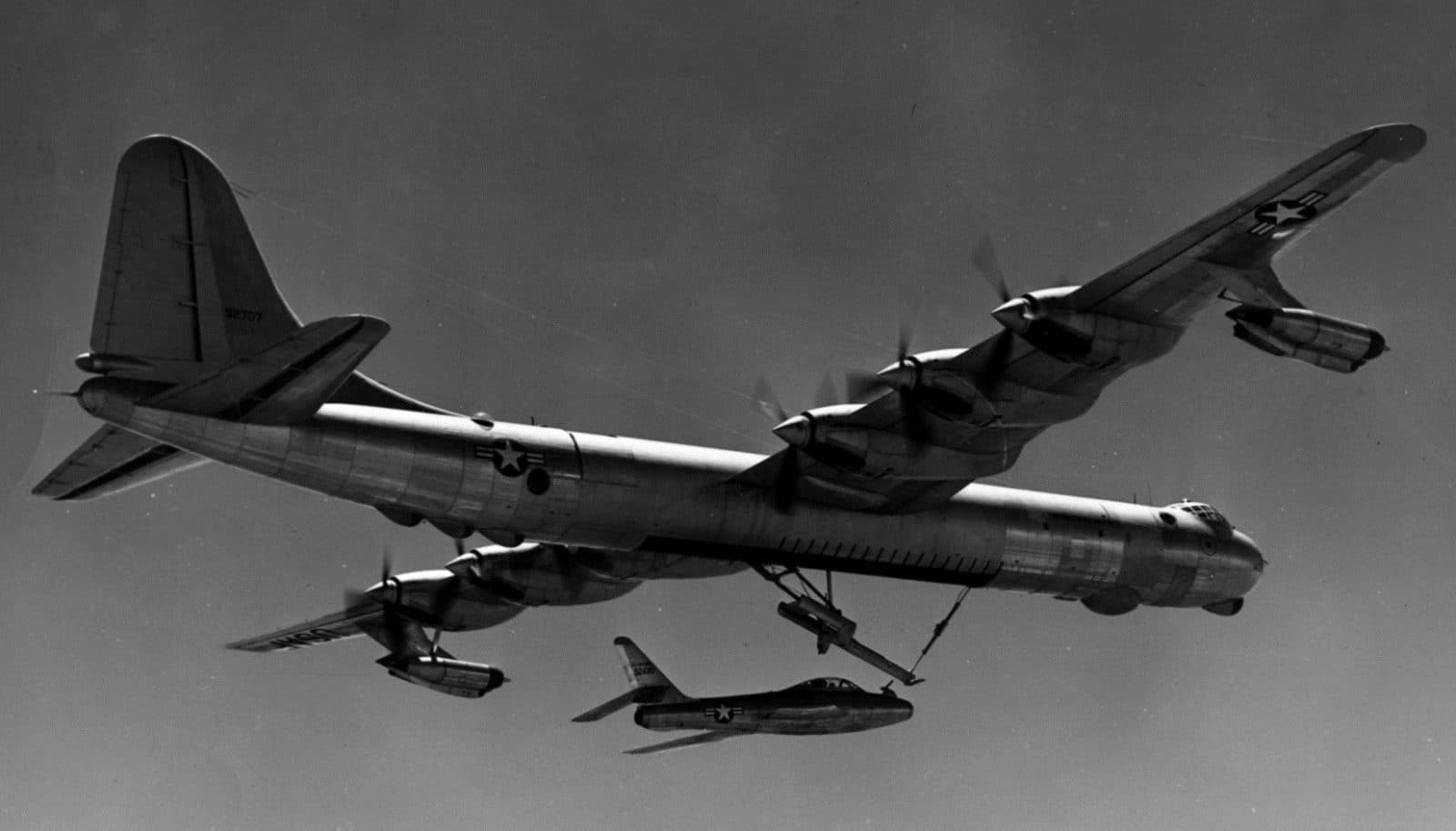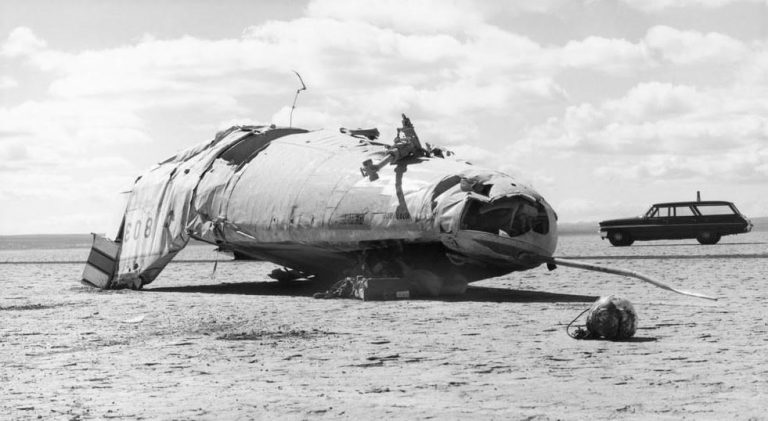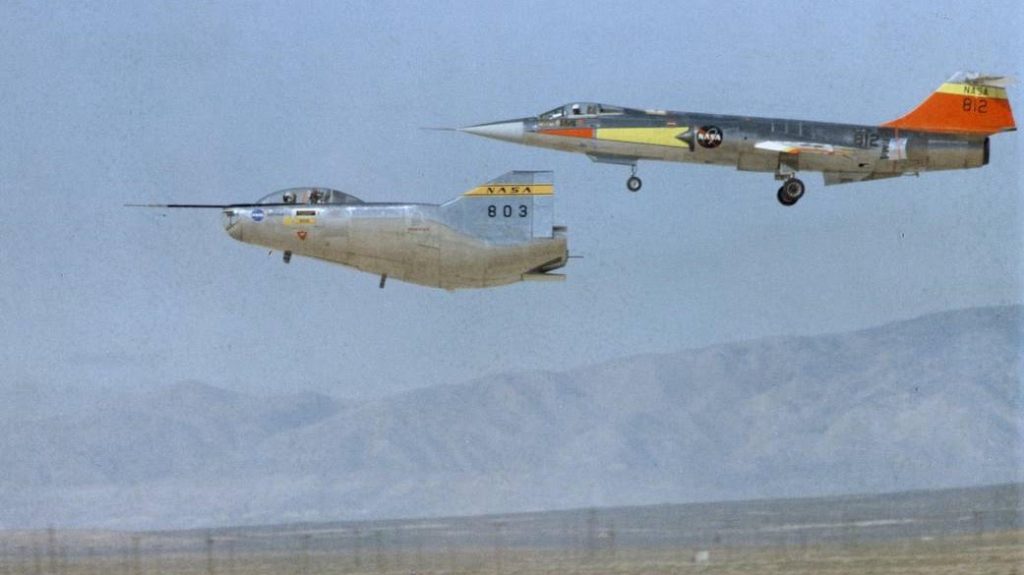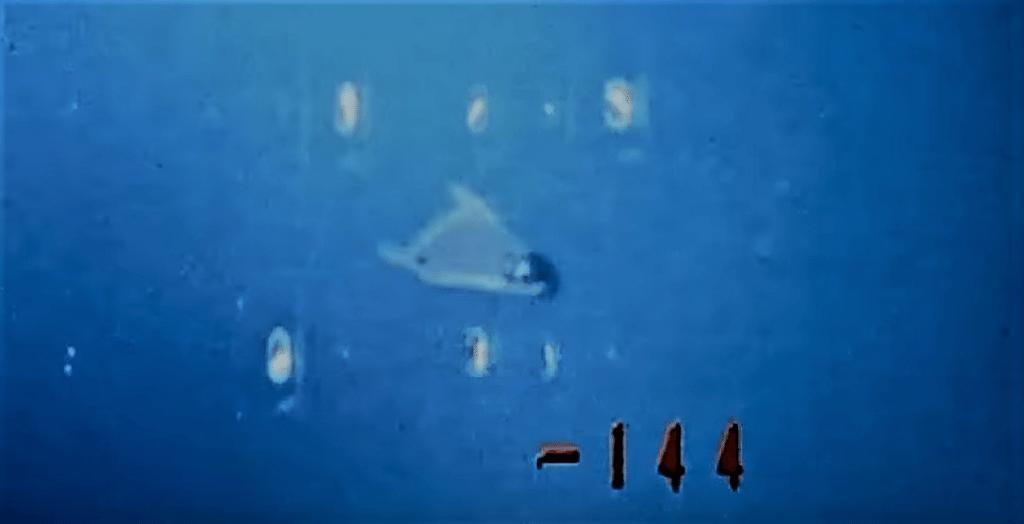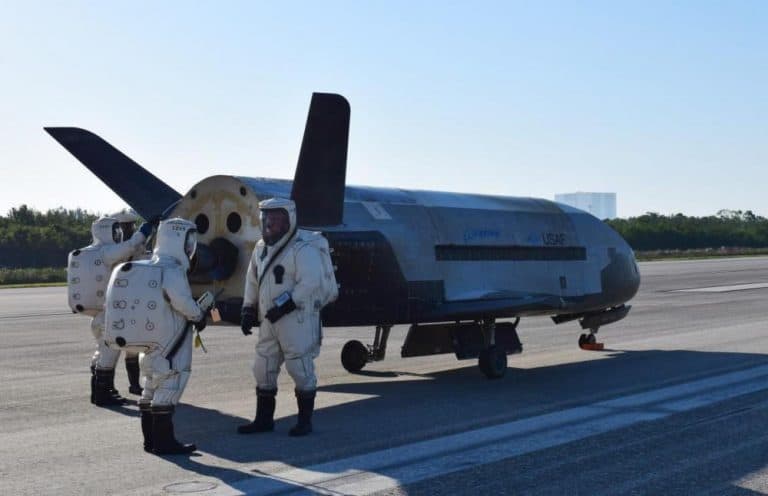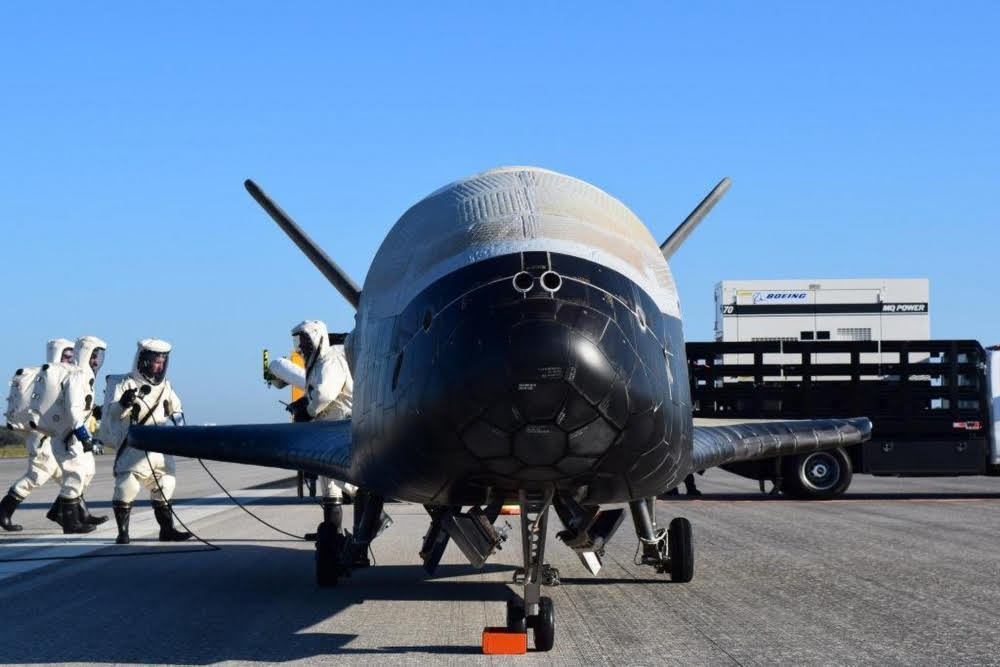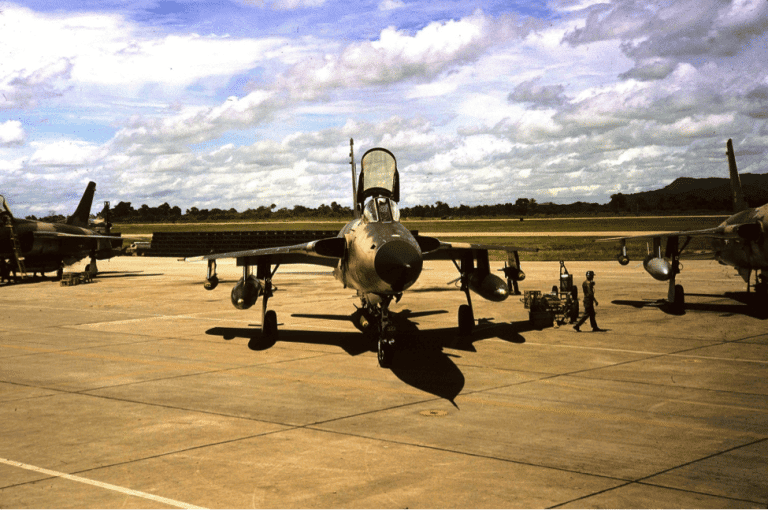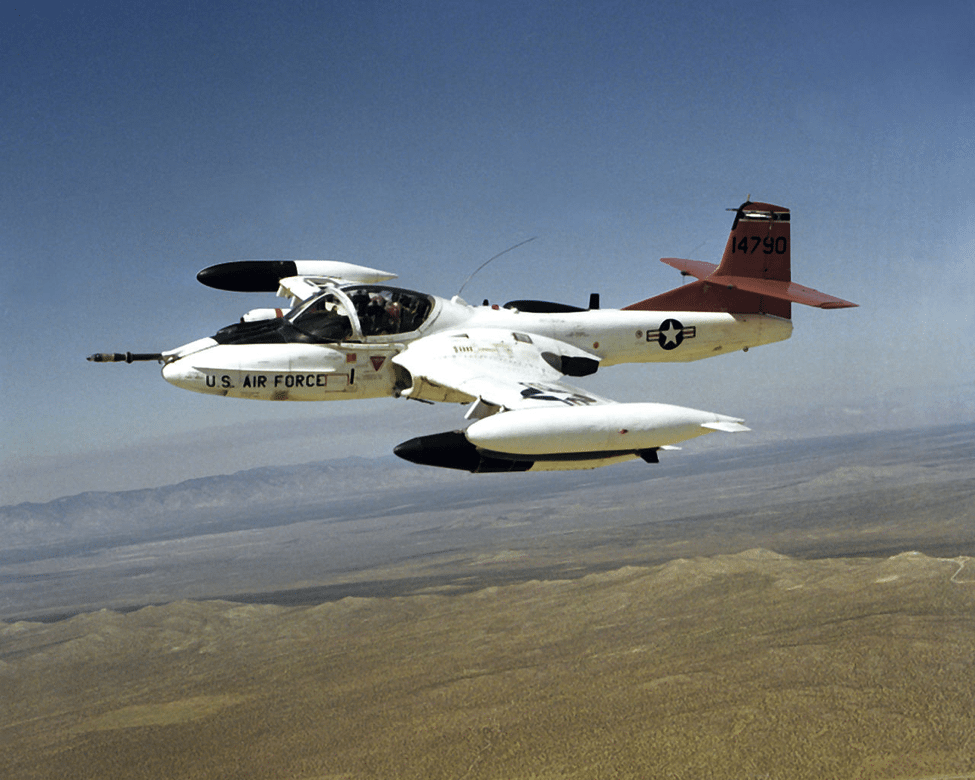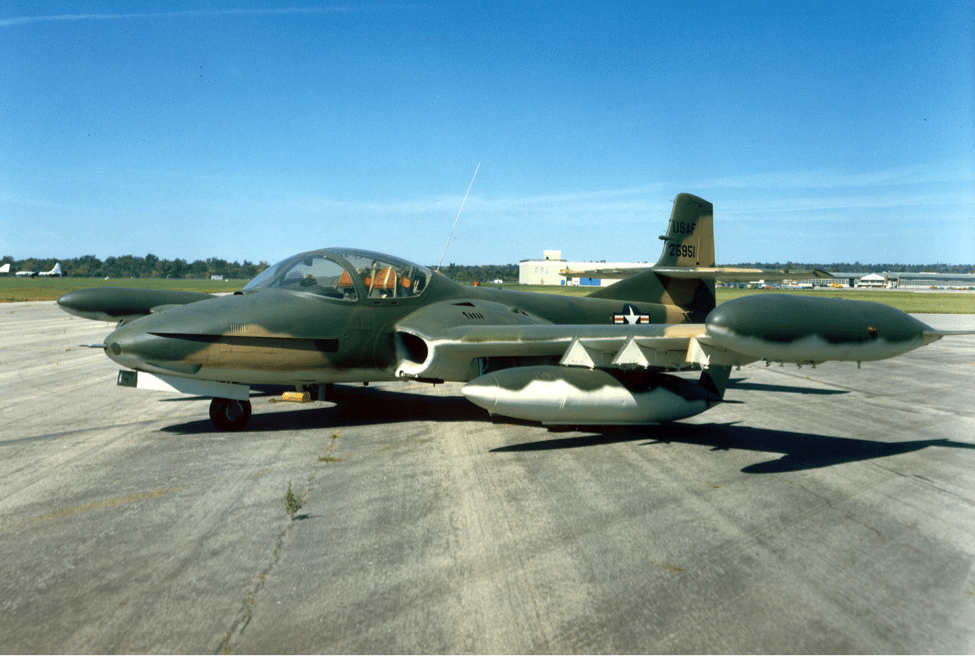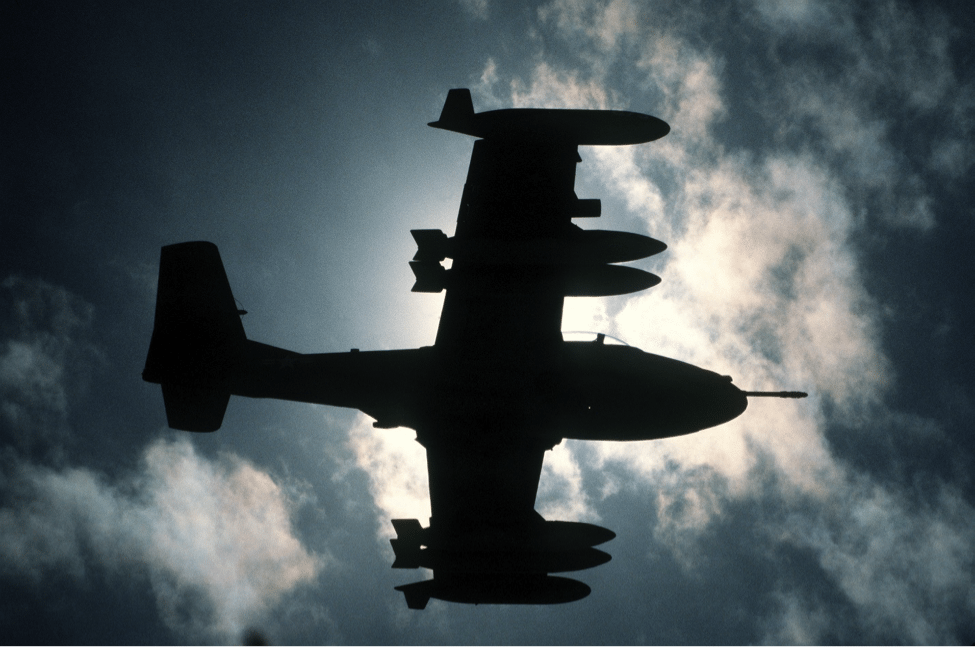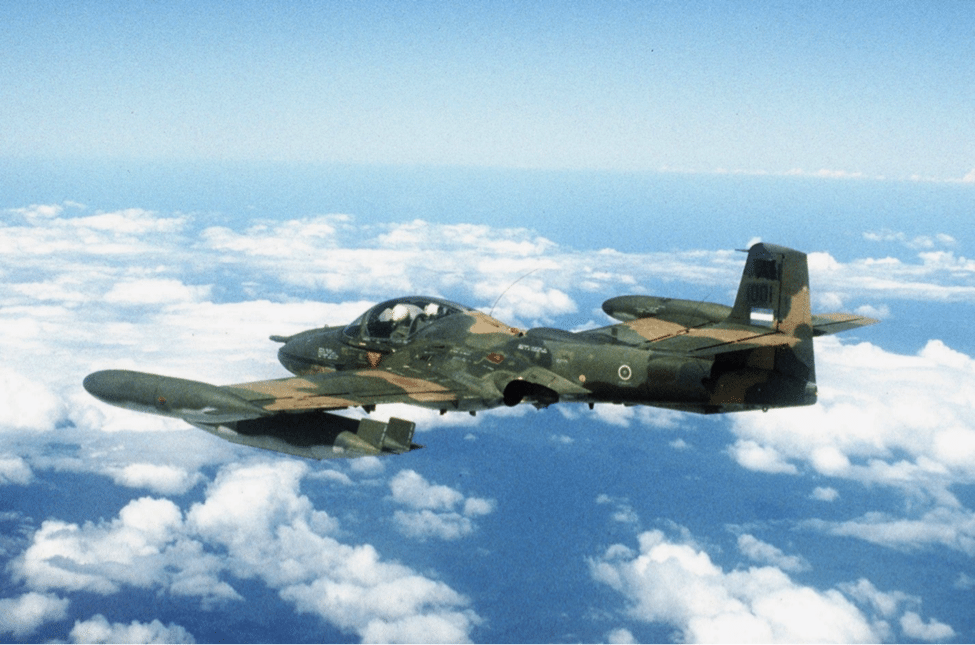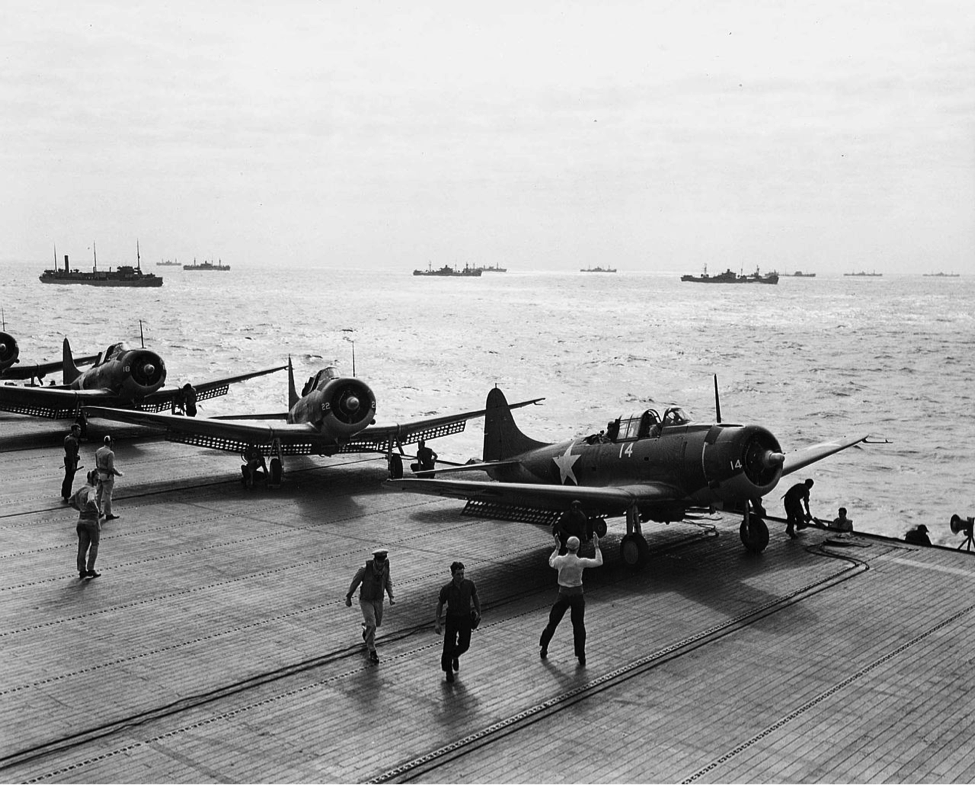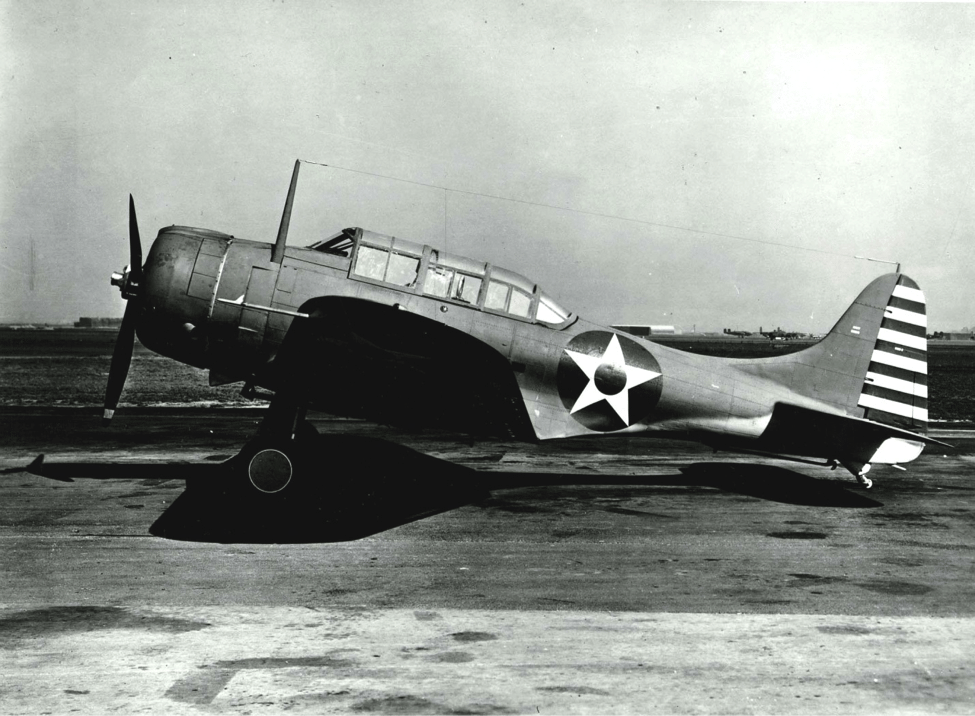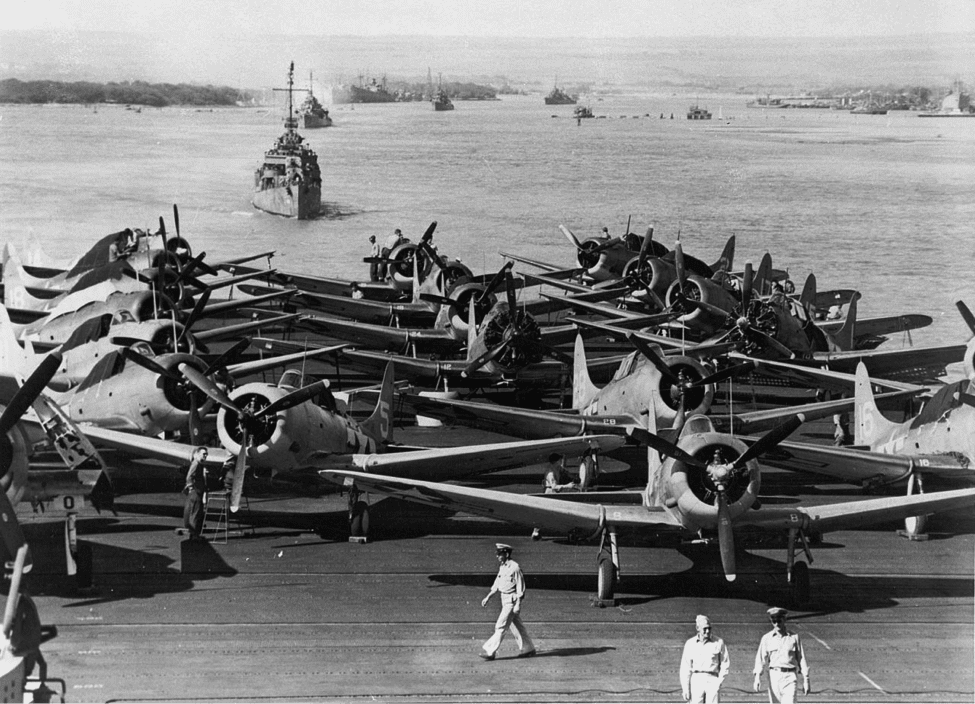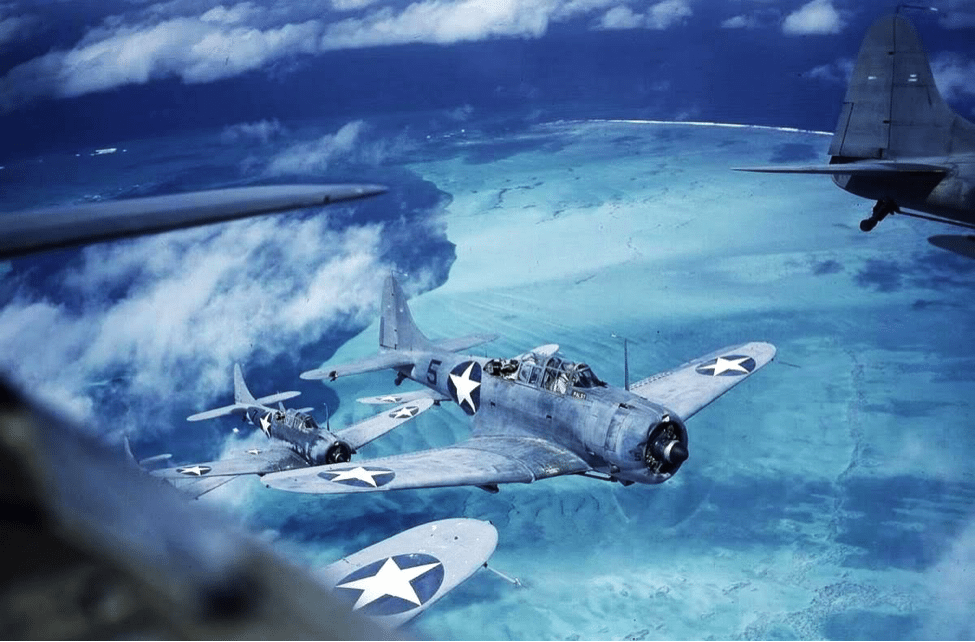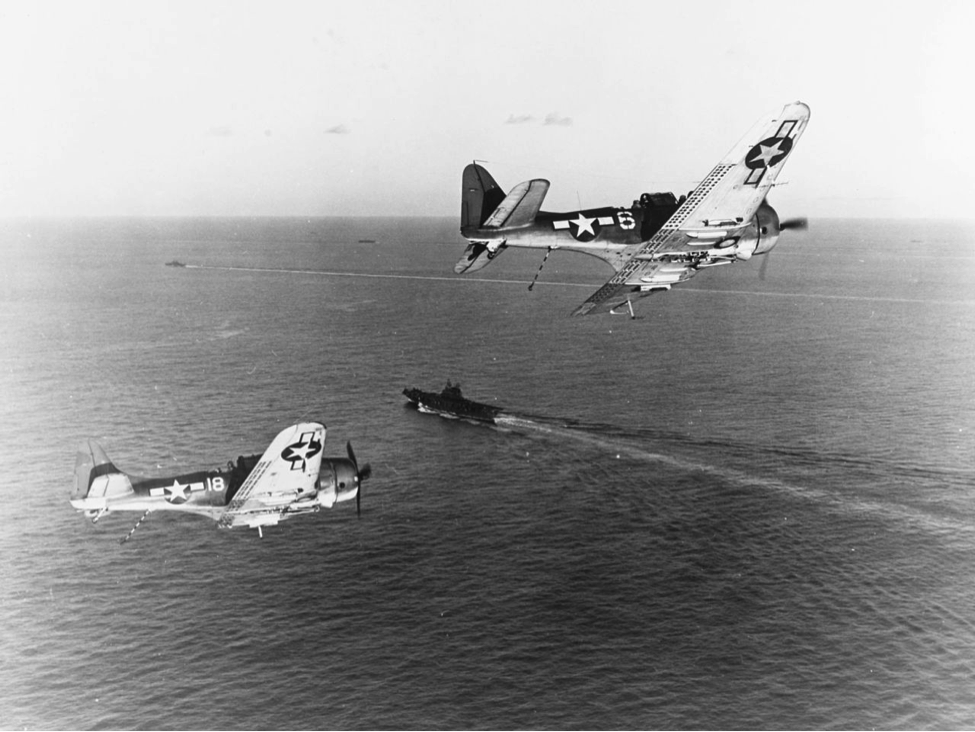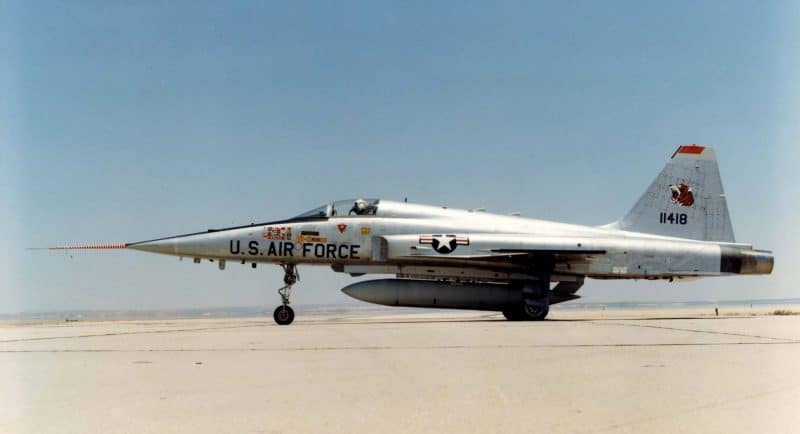An Avgeek recounts Virgin America’s professionalism on the day Alaska announced that the brand will be retired.
On 21 March I had the pleasure of flying on the red tail of a Virgin America Airbus 320. It was this avgeeks dream come true. With their mood lit cabins, leather seats with large screens that boast a vast array of entertainment options and in-seat ordering options for inflight meals and beverages Virgin America’s birds are unlike any other rides in the sky.
I was commuting from LAX to SEA and this was the first available flight, so I made my way over to Terminal 3, up the escalator through the KCM portal to the Virgin America gate agent’s counter. I inquired politely if there would be room for me on the flight. “Yes, there would be” came the response, “and make sure to introduce yourself to the flight crew.”
I was surprised although it is common courtesy for a jumpseating crew member to introduce one’s self to the crew it was not typical of a standard non-rev, most Captains expect me to take my seat in the back with minimal fuss and disruption to the flow of the operation. However, in this case we had time and I was encouraged to reach out. When I did the Flight Attendants, First Officer and Captain all took a moment to give me a personal heartfelt welcome. I was impressed and took the opportunity to learn more about what they appreciated most about flying for Virgin.
I learned from the crew that they were excited to see their airline growing. They expressed high expectations for the future and a drive to build the West Coast’s premiere airline. Earlier that day Alaska Air Group the parent company announced the decision to retire the Virgin brand in 2019.
The flight and cabin crew expressed pride in their aircraft/amenities and all the perks they appreciated being able to provide for their customers, which for this avgeek included a ginger-ale, protein plate, and the “Hail-Merry” brownies – all ordered from my seat back display.
There was a lot for them to be proud of and I enjoyed every minute of my “mood-lit ride” to Seattle.
A bright future
Now that two airlines have been combined to make one. Alaska and Virgin America are award winning carriers at the top of their class.
The Alaska team has been one of the most beloved airlines in America for decades now. They continue to top the ranks of all the U.S. major airlines for customer satisfaction. This week it was just announced that Alaska won the JD Power Award for the 10th year in a streak that has now lasted a decade and they are still the #1 airline in the Wall Street Journal rankings. Virgin has been winning awards in the luxury travel class for years as most namely the Conde Nast Traveler – Business and Reader’s Choice awards – Best Domestic airline for eight consecutive years and the Travel + Leisure Best Domestic Airline for nine consecutive years.
“Our colleagues at Virgin America built something truly amazing over the past decade, and it’s our goal to honor what they achieved while taking it one step further.”
Alaska sees this merger as a growth opportunity. Unlike other airline mergers were the value was increased through hub closures and service reductions, Alaska is touting more flights, more rewards, and more to love. The airline sees future growing in California and they have announced that they will not be closing any hubs. Alaska also has plans to build brand new lounges in San Francisco and at New York’s JFK airport.
Make flying fun
Virgin America became the place travelers flocked to in search of an air of fun and nostalgia while experiencing the cutting edge trends and technology that were reshaping air travel. They were the first airline to challenge Southwest’s dominance at with their #FreeLoveField campaign. They airlifted Chihuahuas from California to New York annually and they will be forever remembered for their splashy route launch campaigns as Richard Branson paraded through terminals across the U.S. with a train of Vegas showgirls, hula dancers, cowgirls, puppies, mascots, governors, mayors, musicians, stars and red clad inflight team members.
The rest of industry has been trying to keep pace with the innovations that Virgin America brought to the market place. This airline made improvements to the flying experience that every other major carrier is now emulating, fleet wide wifi, seatback displays, power charging outlets at every seat, entertainment offerings, chef-inspired menus, a new attitude toward guest comfort and amenities. They reminded us that flying is fun and that the airline company that deserves our business is one that celebrates its ability to serve its guests.
Virgin America has earned herself a special place in U.S. aviation history.

